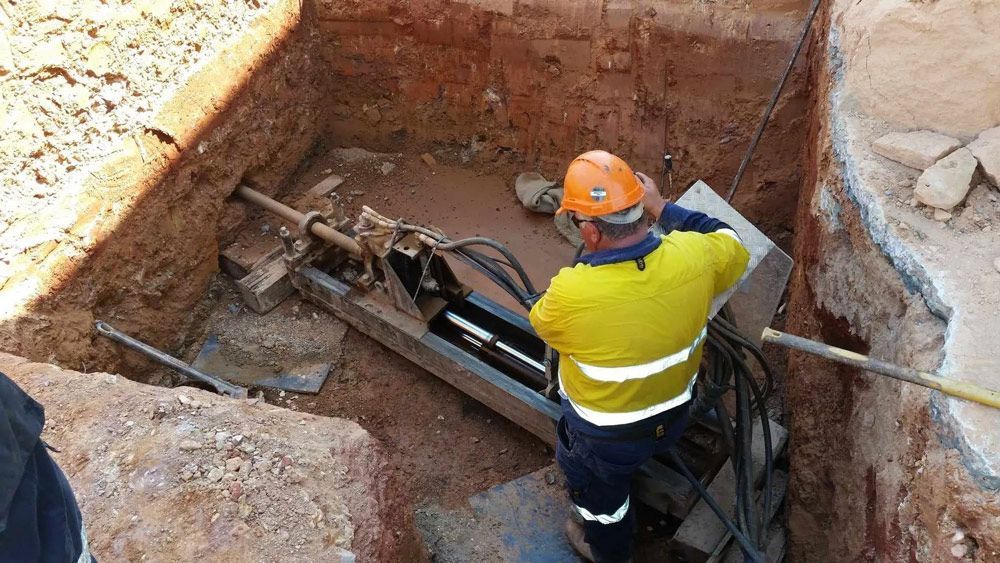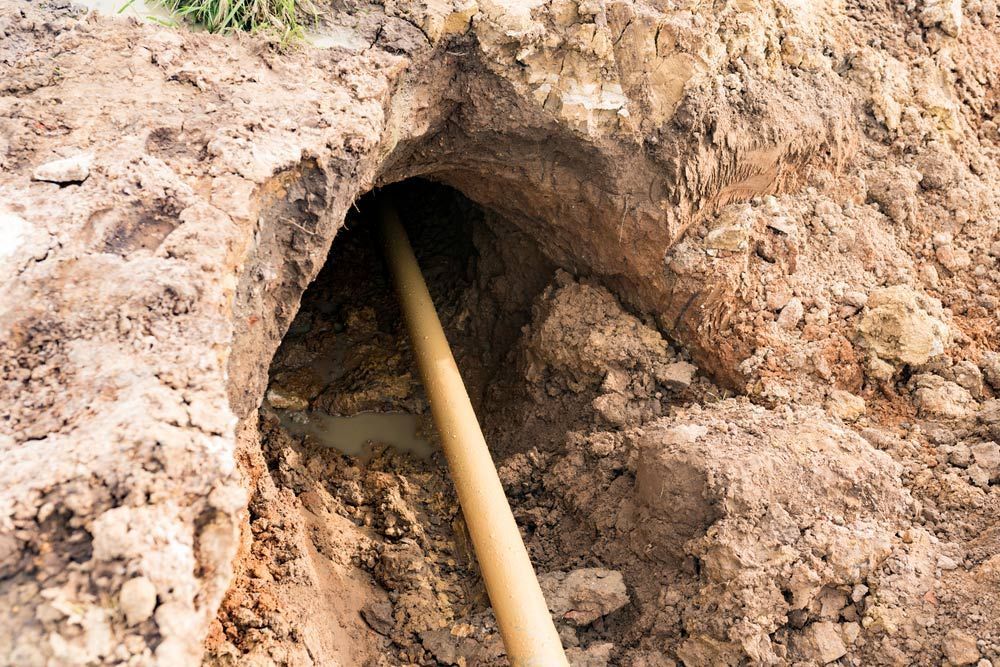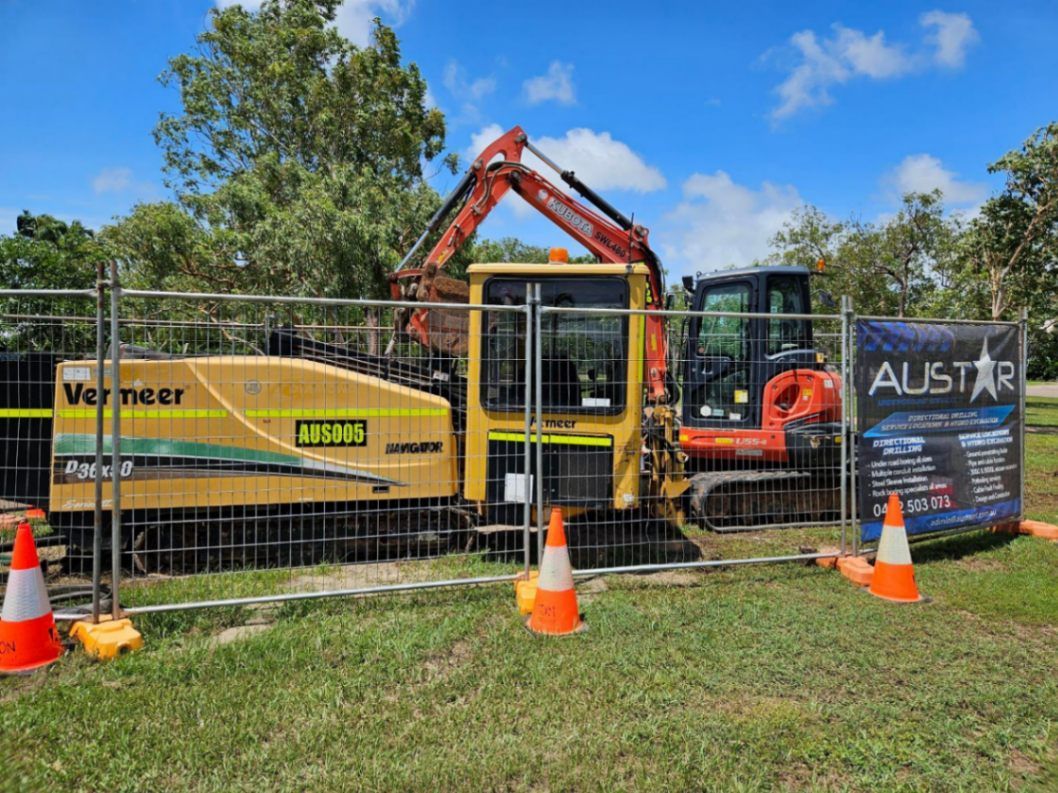4 Advantages Of Directional Drilling
Directional drilling has revolutionised how we approach underground construction and utility installation, particularly in challenging environments. Whether you’re dealing with urban infrastructure or environmentally sensitive areas, directional drilling offers a range of benefits that make it the preferred method for many industries. In this blog, we'll explore its key advantages.
1. Minimal Surface Disruption
One of the most significant advantages of directional drilling is its ability to minimise surface disruption. Traditional trenching methods often require extensive excavation, which can lead to traffic interruptions and damage to existing infrastructure.
Directional drilling, on the other hand, allows for the installation of utilities and pipelines with minimal disturbance to the surface. This is particularly beneficial in urban areas or regions with sensitive ecosystems where preserving the landscape is a priority.
2. Precision & Flexibility
Directional drilling offers unparalleled precision and flexibility, allowing for accurate installations even in challenging conditions. This technique enables the drill to navigate obstacles such as existing utilities, underground structures and natural formations.
It ensures the new installation follows the exact desired path. The ability to steer the drill head in real time makes directional drilling ideal for projects requiring intricate designs or installations in areas with limited space.
3. Cost-Effective Solution
Another advantage of directional drilling is its cost-effectiveness. Although the initial investment in directional drilling technology may be higher than traditional methods, the overall cost savings can be significant.
Reducing surface disruption means less money is spent on restoration and landscaping. The increased speed and efficiency of the drilling process also lead to lower labour costs. Additionally, the precision of directional drilling reduces the likelihood of costly mistakes or rework, further enhancing its cost-effectiveness.
4. Environmental Benefits
Directional drilling is also an environmentally friendly option, making it a preferred choice for projects where sustainability is a concern. The minimal surface disruption reduces the impact on local ecosystems and the precision of the drilling process minimises the risk of accidental damage to underground water sources or other natural features.
Additionally, directional drilling typically requires less fuel and produces less waste than traditional trenching methods, further reducing its environmental footprint.
Experience the Efficiency of Directional Drilling
If you’re looking for a reliable and efficient solution for your underground construction or utility installation project, look no further than Austar Underground Services. Contact us today to learn more about how we can help you achieve your project goals with directional drilling in Darwin.









